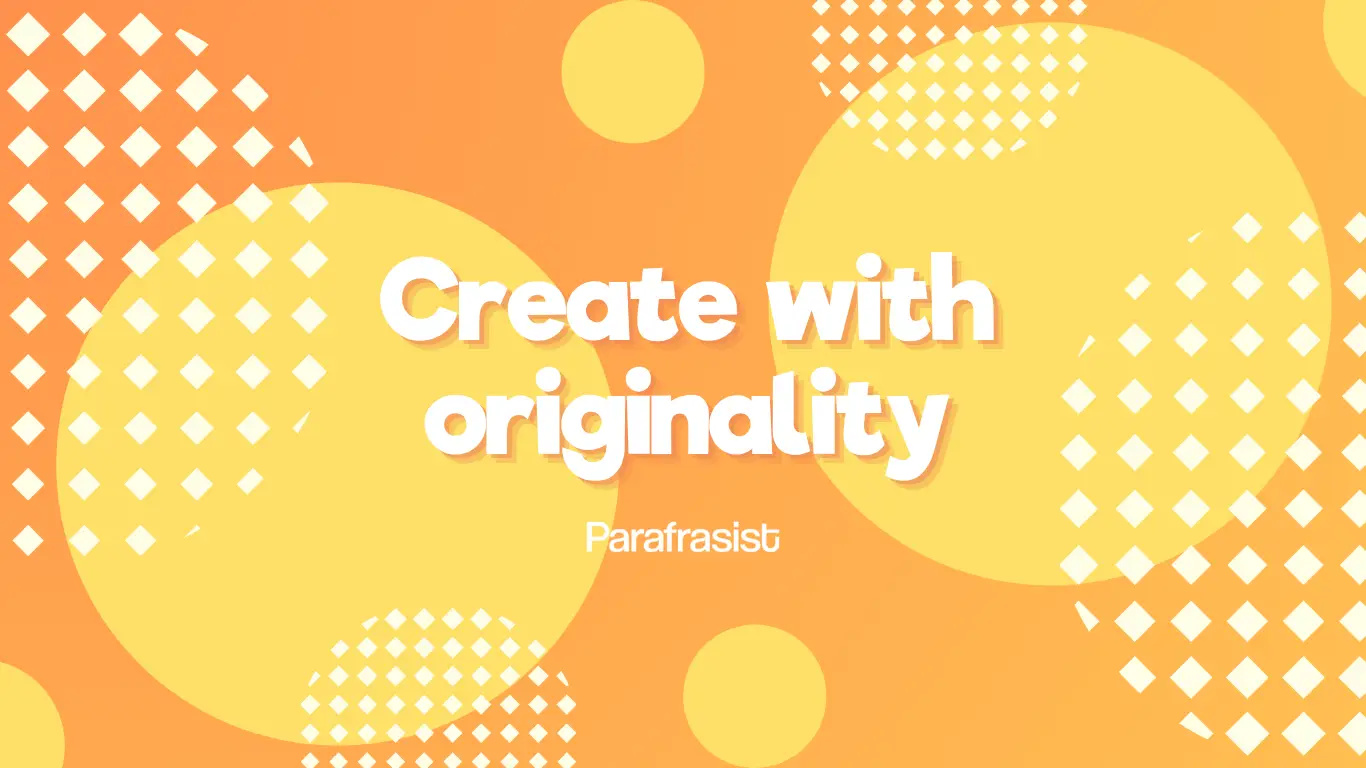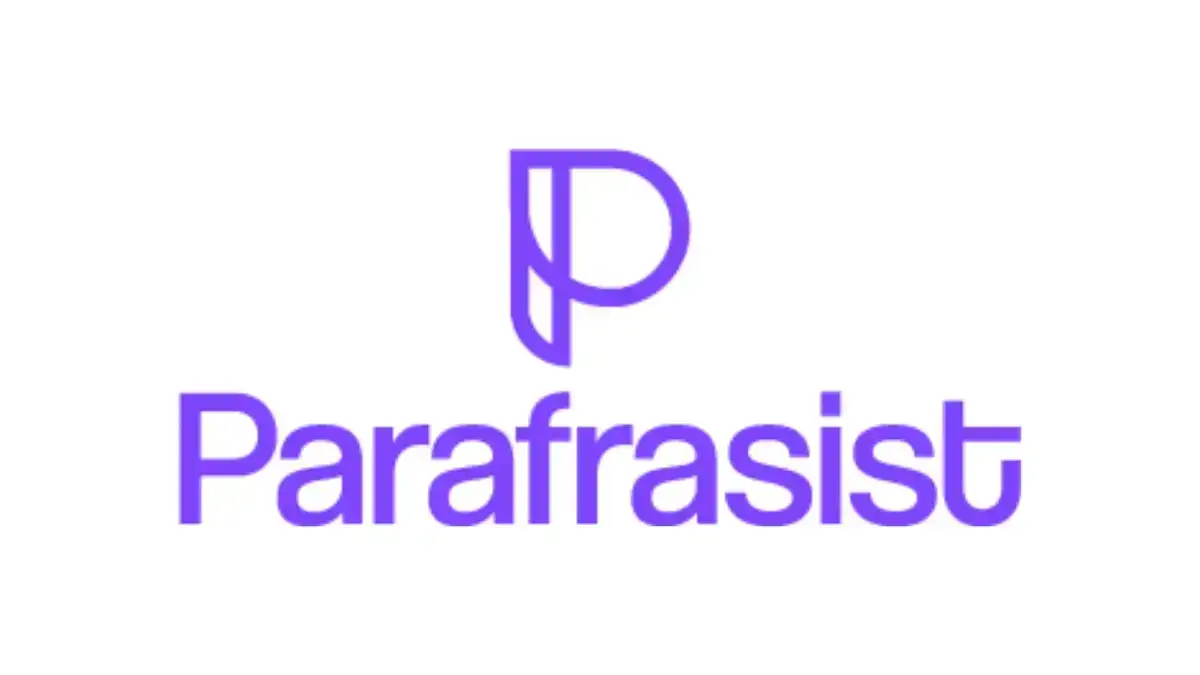What is plagiarism and how to avoid it in your assignments?
Victoria | Equipo de redacción
June 5, 2024

Plagiarism is a serious issue in both academic and professional fields. The easy accessibility to all kinds of information on the internet has made copying and pasting without proper credit a great temptation. However, the consequences of plagiarism can be severe, ranging from academic sanctions to damage to one's reputation and professional life. In this article, we will delve into what plagiarism is, its different types, and how you can avoid it in your assignments and research with useful tools available online.
Plagiarism: Definition and Meaning
Plagiarism is defined as the appropriation of ideas, texts, productions (scientific, artistic, etc.) that belong to another person and presenting them as one's own without recognizing the original source or author. In short, plagiarism is an act of fraud and a violation of academic and professional ethics.
Types of Plagiarism: Scientific, Intellectual, Musical, and More
Scientific Plagiarism: This involves copying data, results, or writings from research work. It is especially serious in publications or scientific discoveries as well as complete research projects.
Intellectual Plagiarism: Extremely common in academic work, this type of plagiarism involves copying ideas, theories, or exact words without citing the source.
Musical Plagiarism: Occurs when a musical work is copied entirely or partially without proper recognition of the original composer.
Art and Design Plagiarism: Consists of copying artistic resources such as artworks, photographs, graphic designs, or audiovisuals without permission or acknowledgment of the original author.
Avoid Academic Plagiarism
We understand that sometimes time is not enough to complete all your assignments, as you are taking multiple subjects. Therefore, we will share some recommended practices to avoid plagiarism in your tasks:
Cite Correctly: In your research, whenever you use ideas, direct quotes, or paraphrases from another source or person, use the required citation formats (APA, Chicago, MLA).
Learn to Paraphrase: Read the content, understand it, and rewrite it in your own words. You can also use tools like the Parafrasist Text Paraphraser, which will help you reformulate texts without losing the original idea.
Use a Plagiarism Checker: When you finish your work, run your document through plagiarism detection tools. These platforms compare your text with an extensive database to rule out matches. There are websites like Grammarly.com, Scribbr.com, Plagium.com, or Turnitin, one of the most reliable ones whose link is: turnitin.com.

Use Online Tools to Avoid Plagiarism in Your Assignments
As mentioned in one of the previous points, to avoid committing plagiarism in your assignments, you can use Parafrasist.com. This website offers multiple useful tools for this task, such as a text summarizer and paraphraser, both powered by artificial intelligence. The paraphraser will help you rewrite your texts, ensuring that you do not directly copy the original source, while the summarizer will condense long information into key points. Additionally, it has an automatic essay creator with AI that will provide completely original information with bibliographic references and without plagiarism.

Now, every time you conduct research, a thesis, or an essay, you will have the right tools at your disposal to maintain integrity in all your projects.